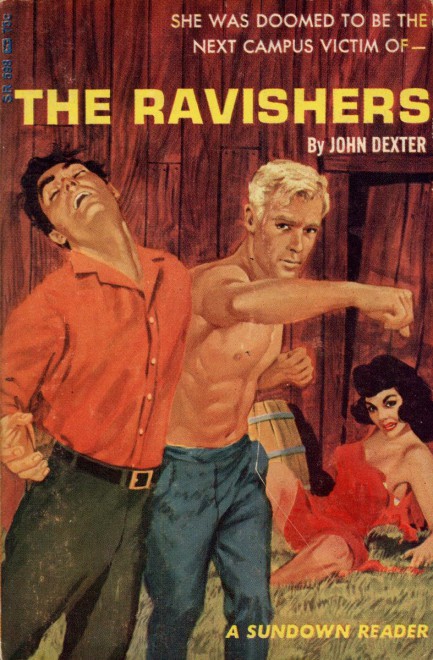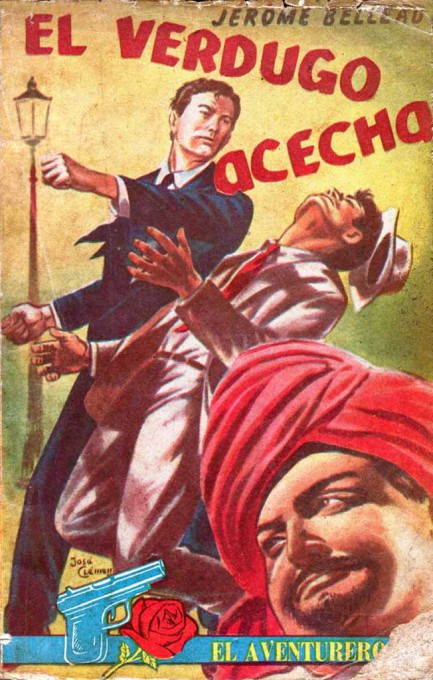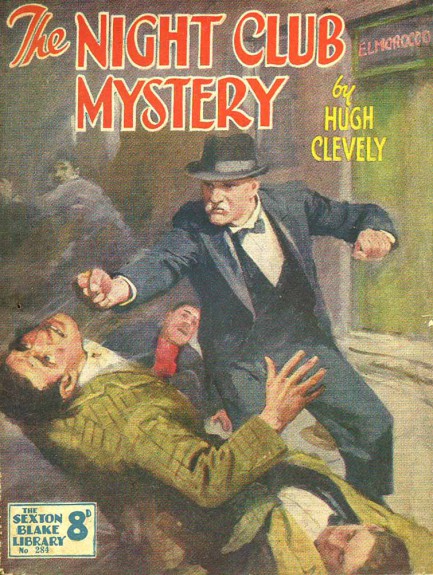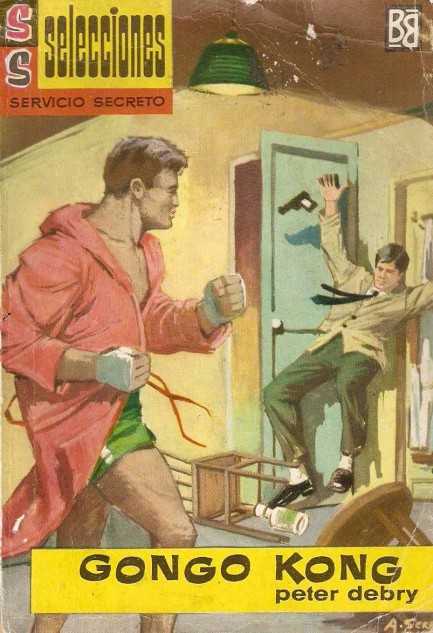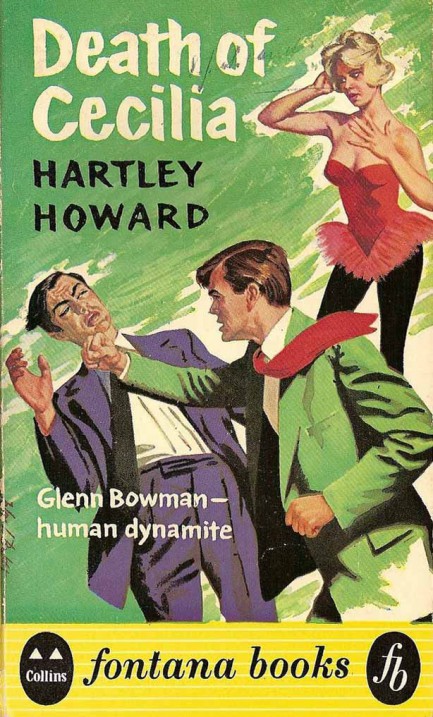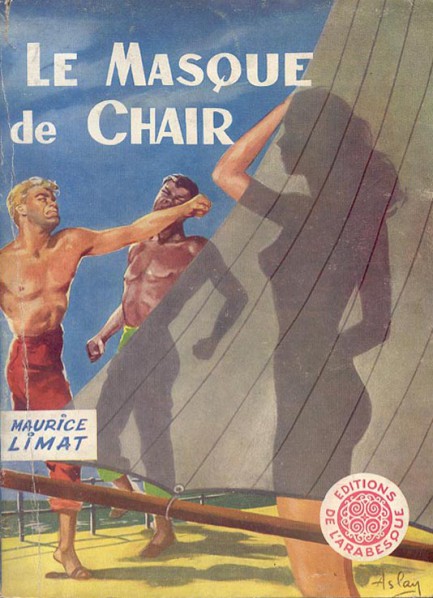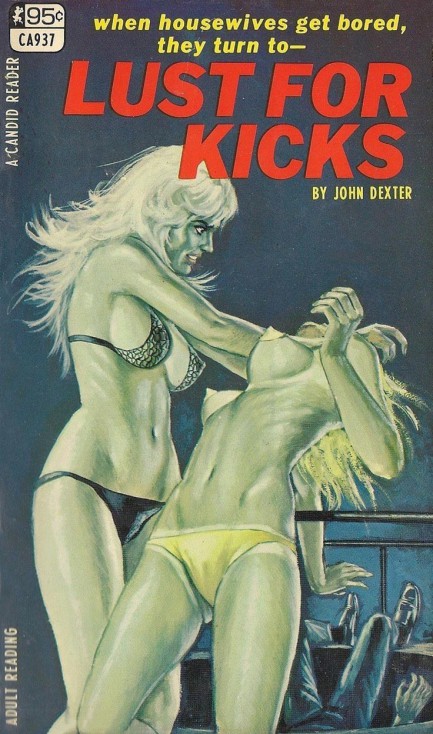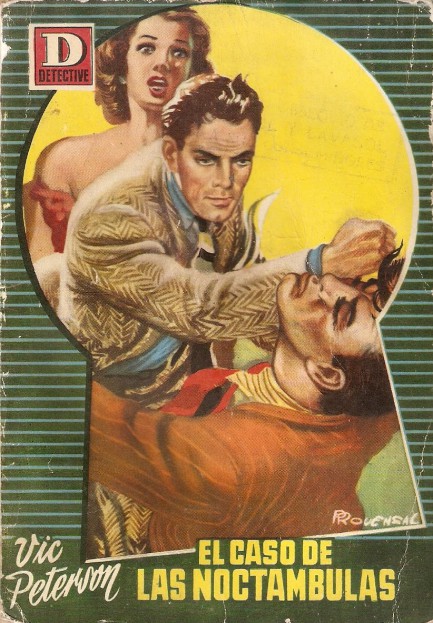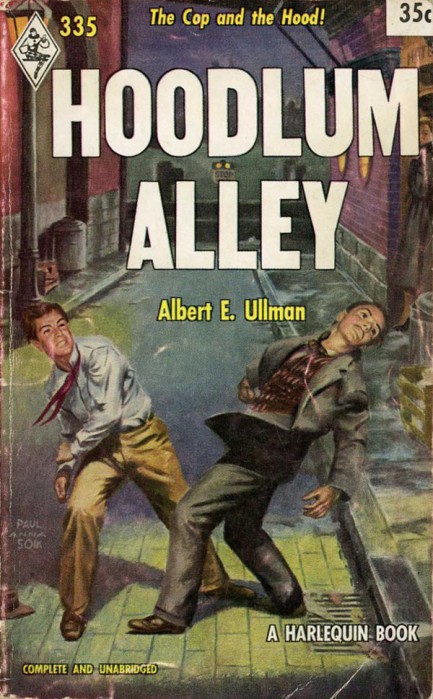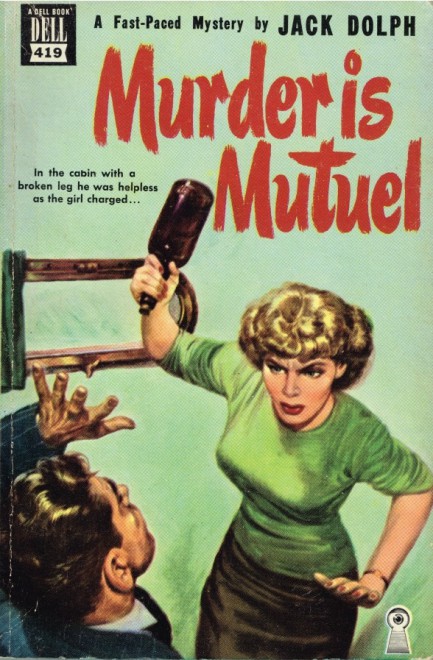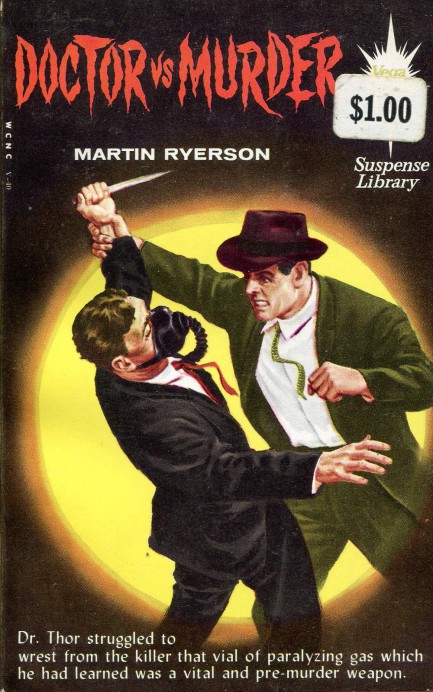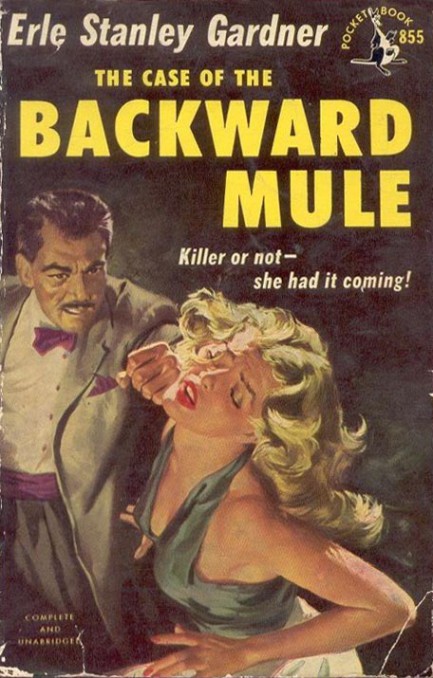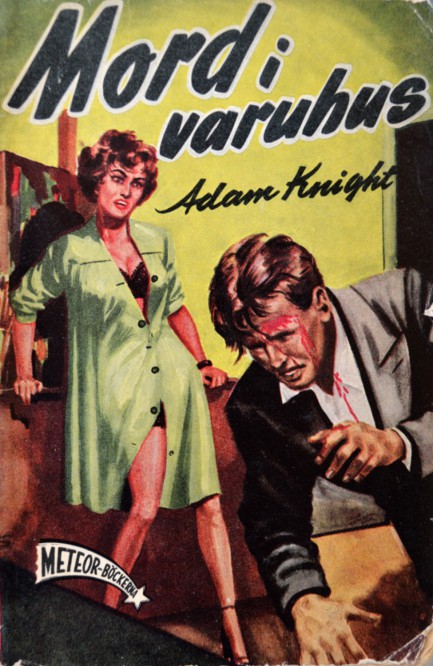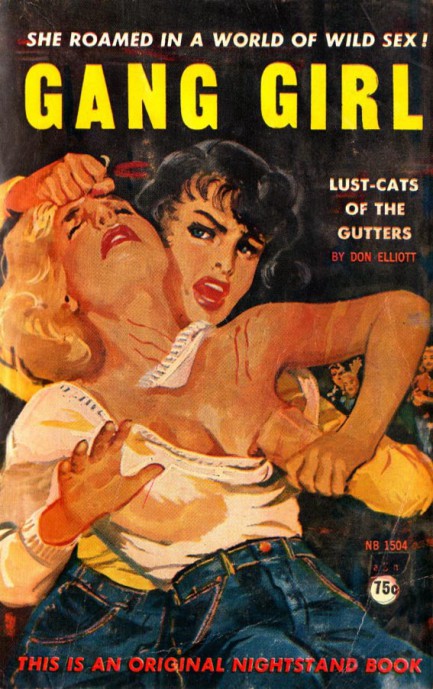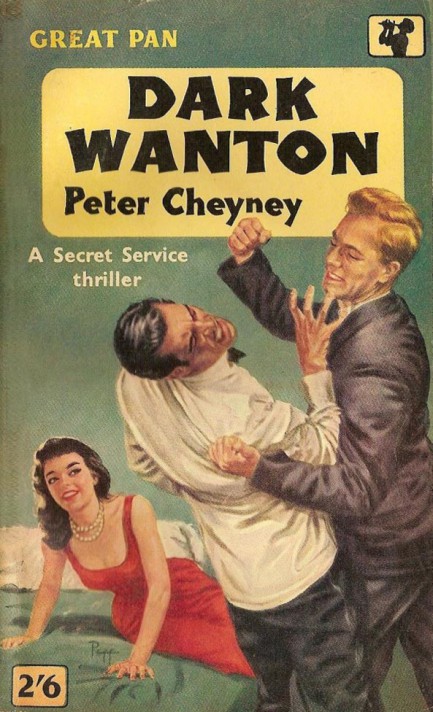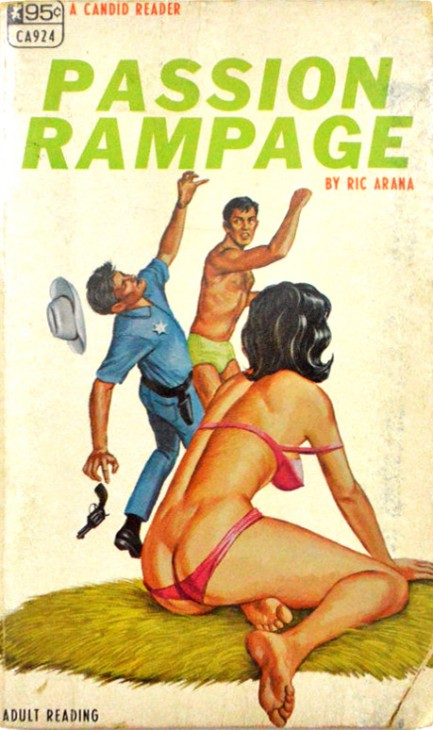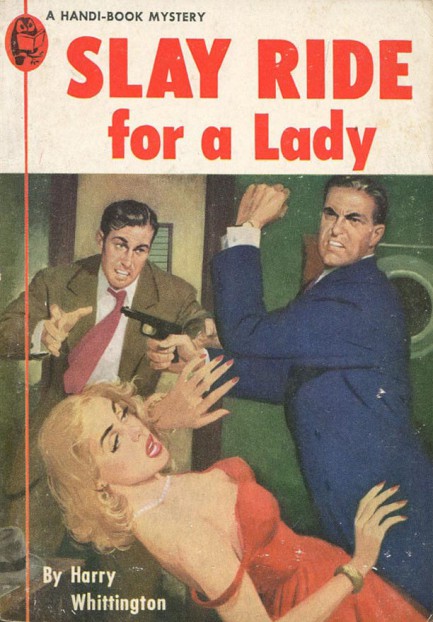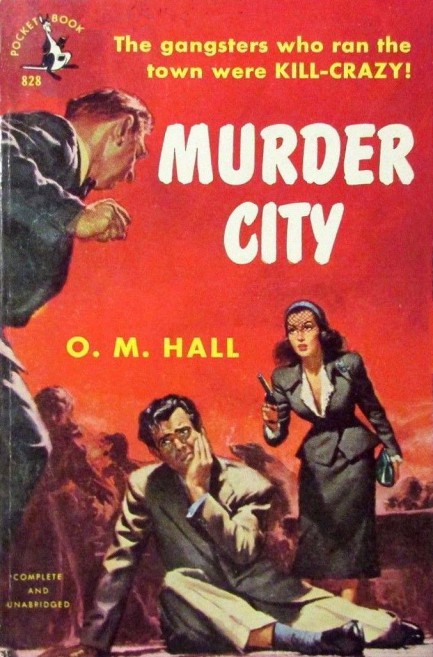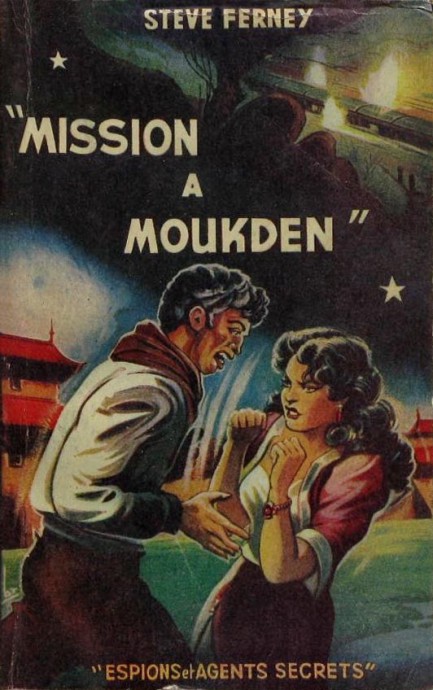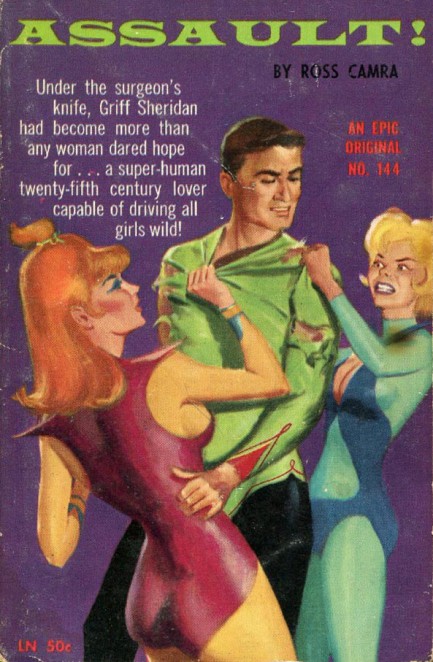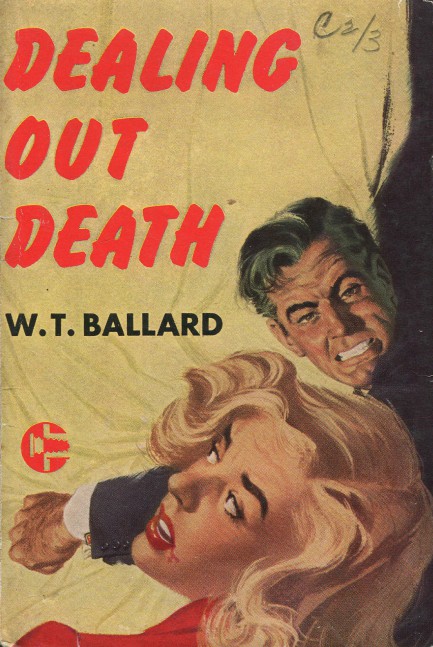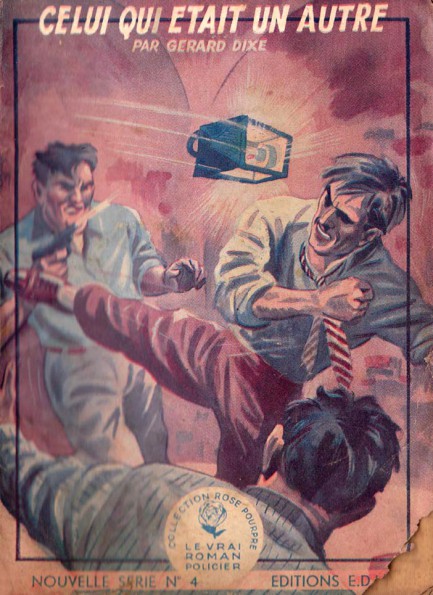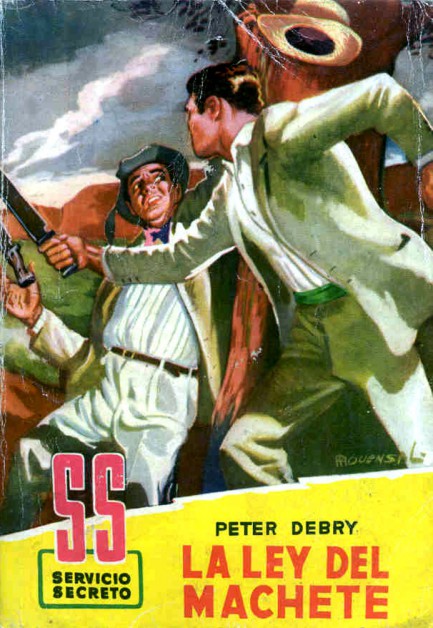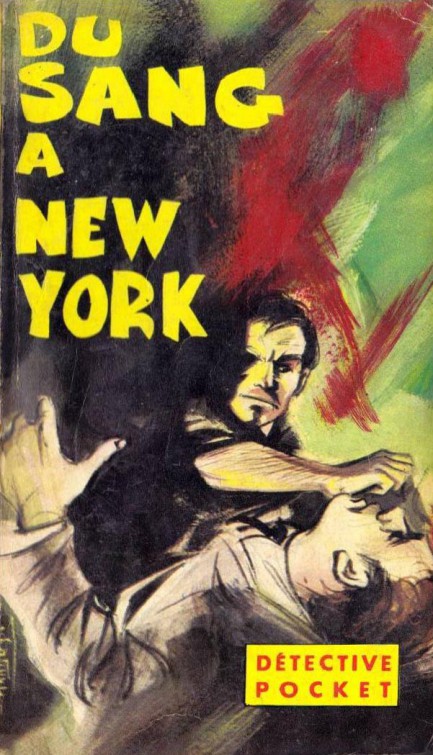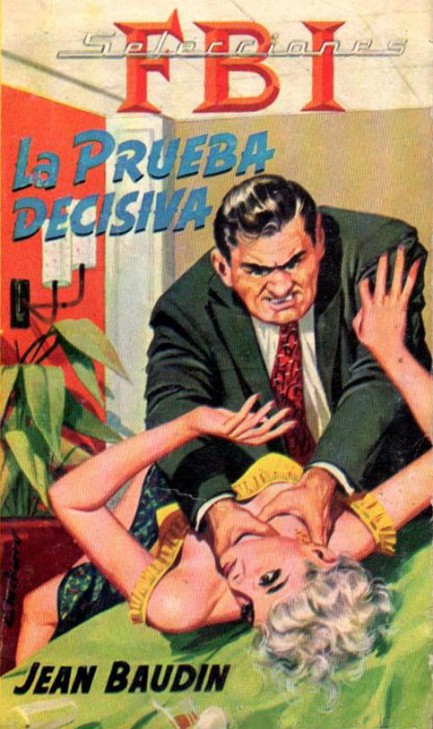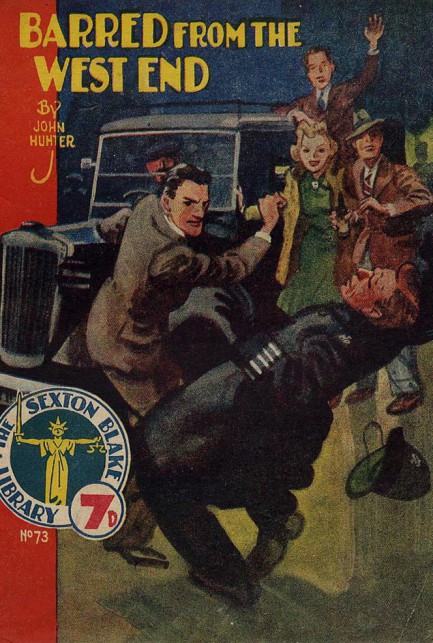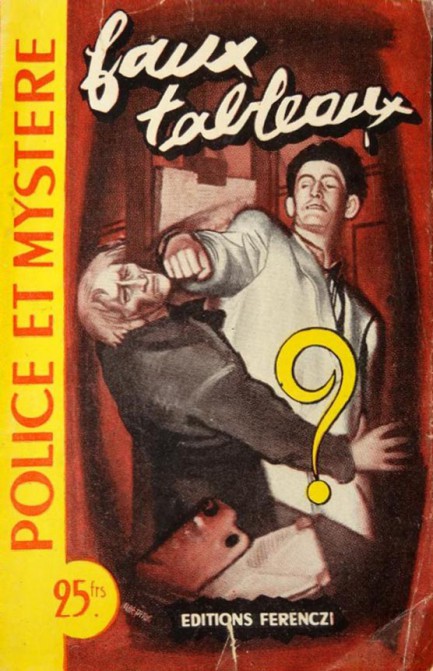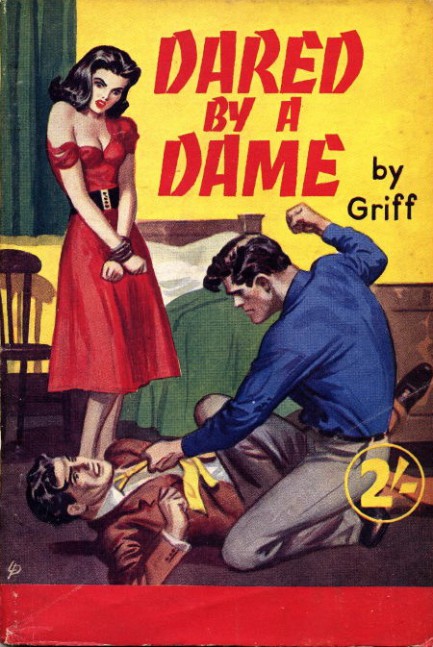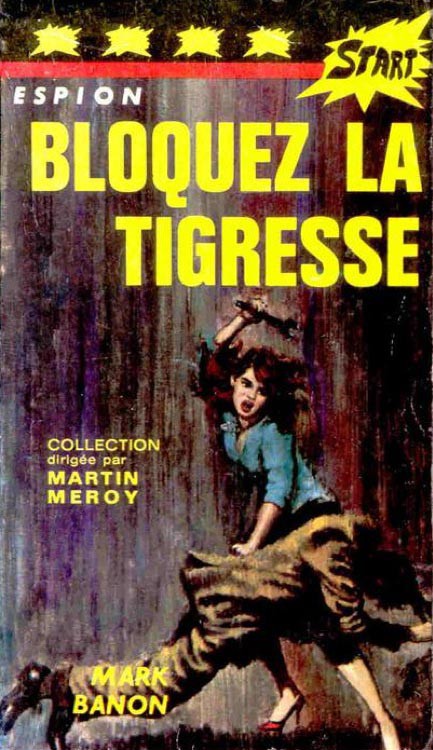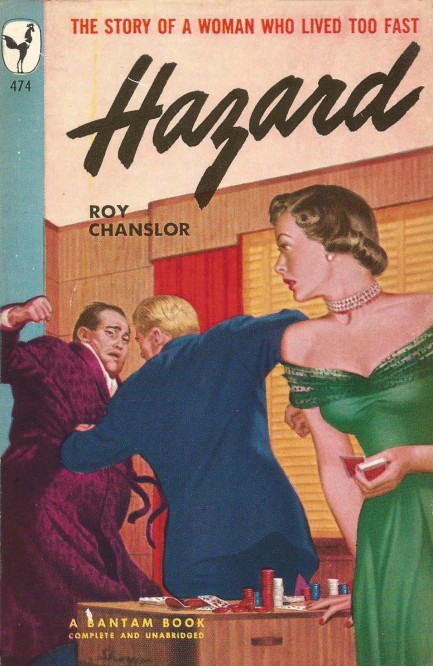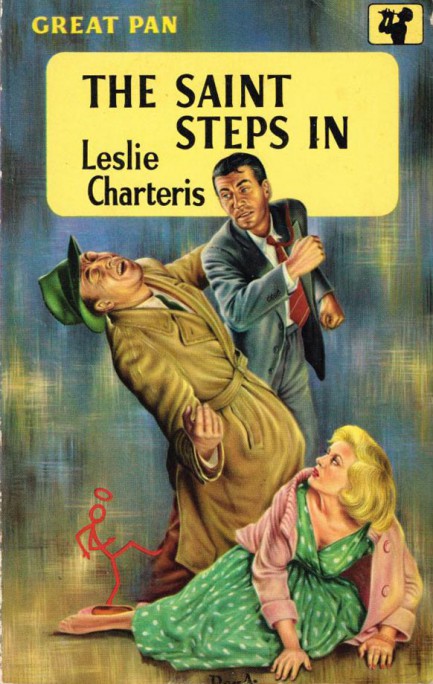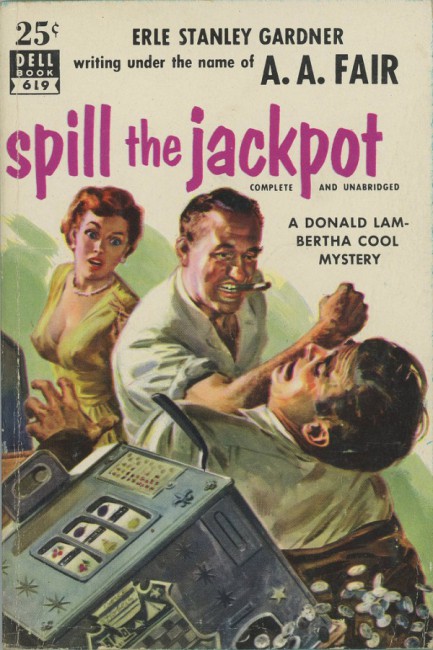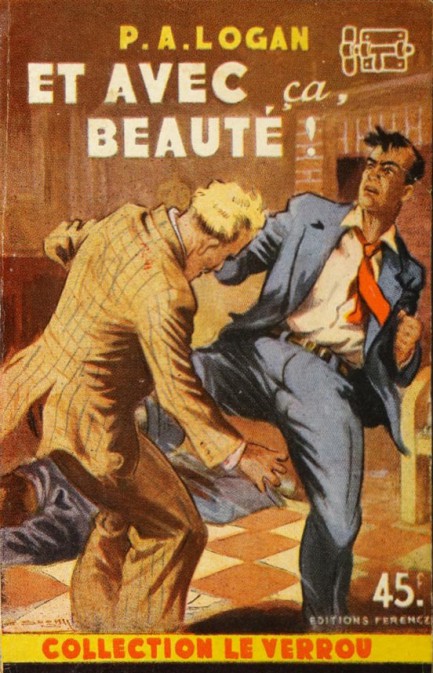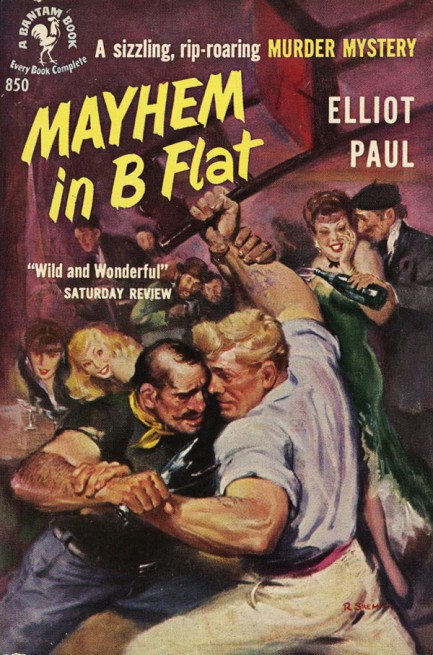| Vintage Pulp | Jun 28 2022 |

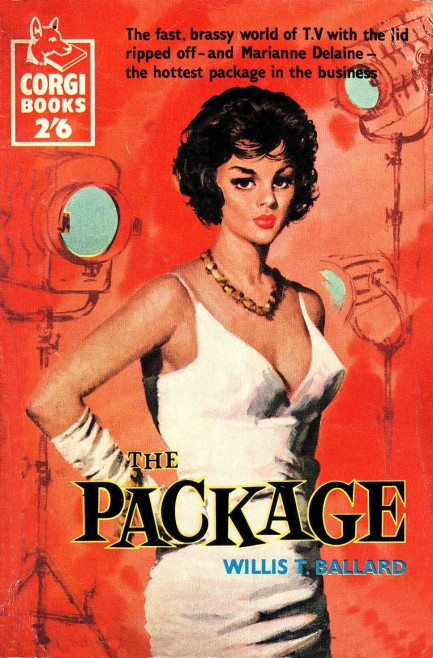
This is a lovely cover for The Package, aka The Package Deal, by Willis T. Ballard. It's a book we talked about and shared a cover for a few years ago. We don't know which art we like better. Probably the above example. Both illustrations are uncredited, but this one could be by John Richards. His work was appearing on Corgi fronts around this time, 1959 in this case.
| Vintage Pulp | May 31 2022 |

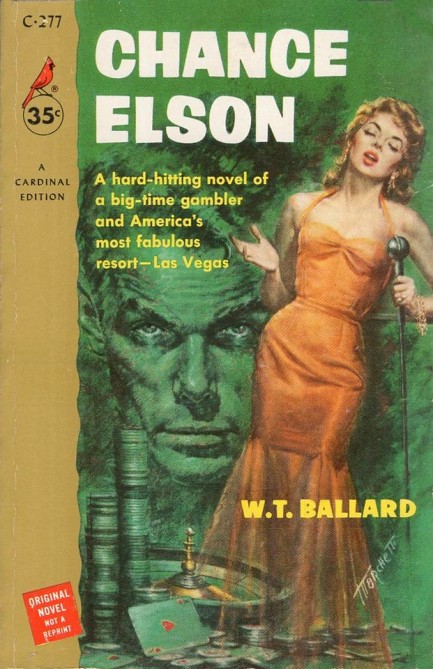
| Vintage Pulp | Nov 15 2019 |

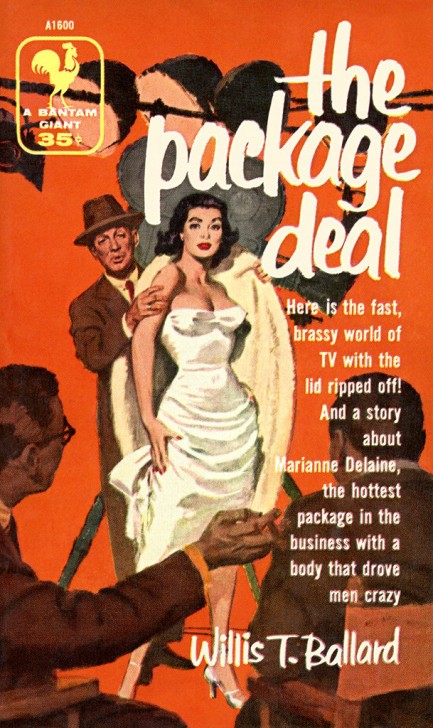
Above is a cover for Willis T. Ballard's novel The Package Deal, and we can hear you groaning out there, but really, what are we to do with a cover like this other than make the most obvious tasteless joke possible? The predatory Hollywood producer is an archetypal character in mid-century literature and—as has been documented of late—in real life too. But for the purposes of this website, we're only interested in fiction, and here you get a story about a producer trying to rekindle his career in television after serving in the military during World War II. He struggles to make a show called Mr. Detective a hit. It stars an ambitious actress named Marianne Delaine, and she comes attached to a problematic financial backer. Ballard worked in television for years on shows like Dick Tracy and Cowboy G-Men, so the hook here is that he gives you an insider depiction of that realm. This was originally published in 1956, and the above edition from Bantam came a year later, with uncredited cover art.
| Vintage Pulp | Nov 29 2018 |


In mid-century crime fiction you find tough guys in unlikely places. The various authors, casting about for signature characters, made ass kickers out of insurance adjusters, chemists, charter fishermen, and more. Having known a few movie producers we can tell you they run the gamut. Being a producer generally means you merely have access to money or the ability to raise it, or you have access to a script or treatment and the mandate to shop it. You can get into such a position by working your way up the ladder, but if you come to the party with money already in pocket that buys your entrance. Thus producers in both the old days and today might be former organized crime guys, former drug dealers, and such. Think Chili Palmer in Get Shorty. So the fact that the studio exec hero in Dealing Out Death is so tough is unusual but not unrealistic. Ballard uses the character of Lennox to construct an engrossing plot, imbue it with a strong sense of place, and populate it with numerous competing personalities. He's a very confident writer and he gets the job done in Dealing Out Death briskly and skillfully. The ending is not perfect, but they rarely are. Recommended stuff.
| Vintage Pulp | Mar 21 2018 |

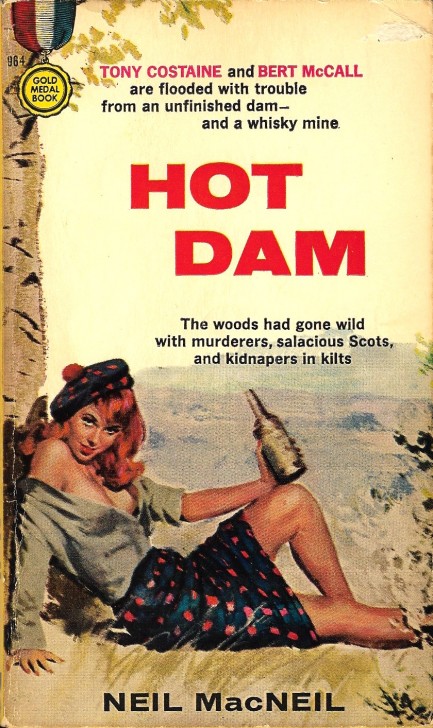
| Vintage Pulp | Jul 20 2017 |

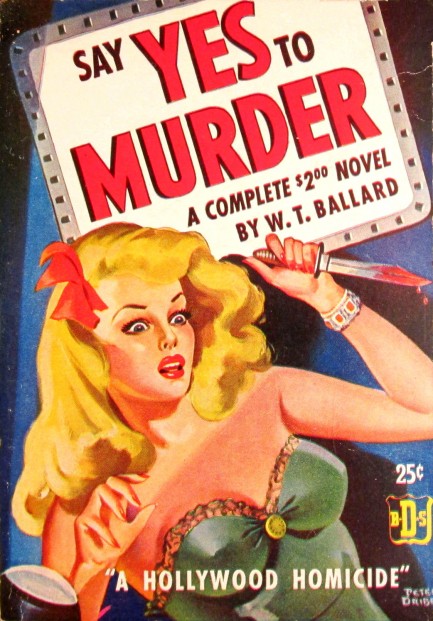
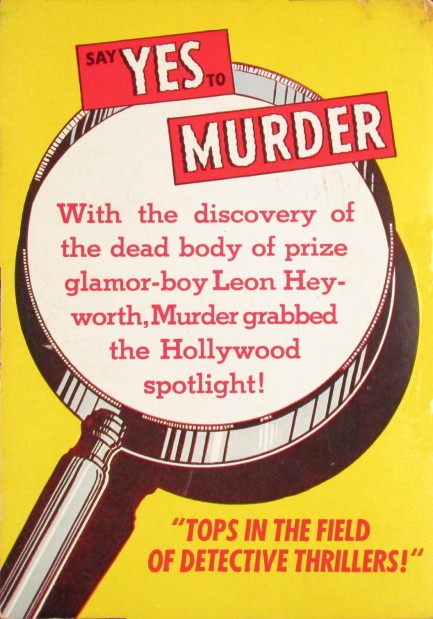
Peter Driben illustrated relatively few book covers compared to his magazine output. We showed you a rare paperback from him a few years ago, and above you see another—his work on W. T. Ballard's 1943 thriller Say Yes to Murder, for publisher Martin Goodman. The book is part of a series starring Ballard's character William Lennox, who was a detective-like troubleshooter for fictitious General Consolidated Studios.
In this one he investigates the murder of an actor found stabbed and lying under the bed of actress Jean Jeffries, who is the granddaughter of one of Lennox’s close friends. As a troubleshooter, Lennox's first duty is to move the body to avoid scandal for the studio (that's the difference between a detective and a troubleshooter) and only then does he try to unravel the mystery.
Lennox appeared in three other Ballard novels—1946's Murder Can’t Stop, 1948's Dealing Out Death, and 1960's Lights, Camera, Murder, which he wrote as John Shepherd. Martin Goodman, you probably know already, later went on to create Marvel Comics. You can see that other nice Driben cover we mentioned here, and three brilliant Dutch covers here. We'll keep an eye out for more.
| Vintage Pulp | Dec 12 2015 |

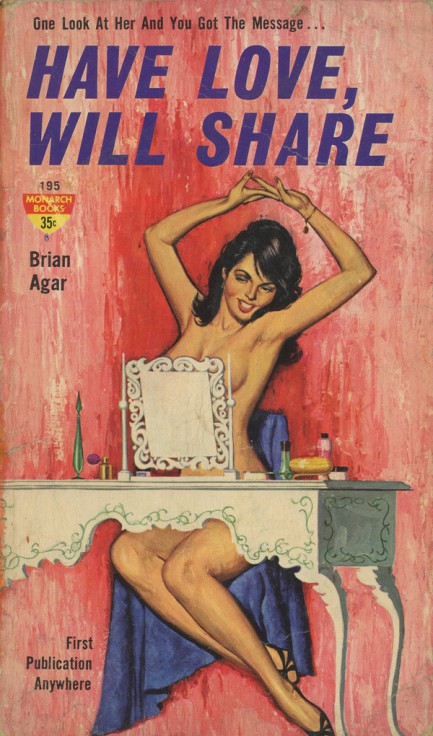
When we started thinking about this post we went straight to candies for tattoo ideas. Apparently there's a candy called Nik-L-Nips that you have to suck the juice out of, but we thought that was too obscure, and of course Milk Duds was an obvious option, but it sounds a bit insulting, so in the end “the twins” seemed like a classic. The Pulp Intl. girlfriends agreed. Brian Agar's Have Love, Will Share is a bit of a classic too, or at least it uses a classic sleaze set-up—the marriage counselor whose patient is a nymphomaniac and soon sets her eyes on the doctor. Agar was a pen name used by author W.T. Ballard, an original contributor to Black Mask who wrote many novels under many names, including Jack Slade, Clay Turner, et al. This effort is from 1961 and it has Rafael DeSoto cover art.
| Vintage Pulp | Jul 17 2015 |


We have another collection today as we prepare to jet away on vacation with the girls. Since the place we’re going is known for rowdy British tourists (what place isn’t known for that?), we thought we’d feature some of the numerous paperback covers featuring fights. You’ll notice, as with our last collection, the preponderance of French books. Parisian publishers loved this theme. The difference, as opposed to American publishers, is that you almost never saw women actually being hit on French covers (we’d almost go so far as to say it never happened, but we’ve obviously not seen every French paperback ever printed). The French preferred man-on-man violence, and when women were involved, they were either acquitting themselves nicely, or often winning via the use of sharp or blunt instruments.
Violence against women is and has always been a serious problem in the real world, but we’re just looking at products of the imagination here, which themselves represent products of the imagination known as fiction. Content-wise, mid-century authors generally frowned upon violence toward women even if they wrote it into their novels. Conversely, the cover art, stripped of literary context, seemed to glorify it. Since cover art is designed to entice readers, there’s a valid discussion here about why anti-woman violence was deemed attractive on mid-century paperback fronts, and whether its disappearance indicates an understanding of its wrongness, or merely a cynical realization that it can no longer be shown without consequences. We have another fighting cover here, and you may also want to check out our western brawls here.